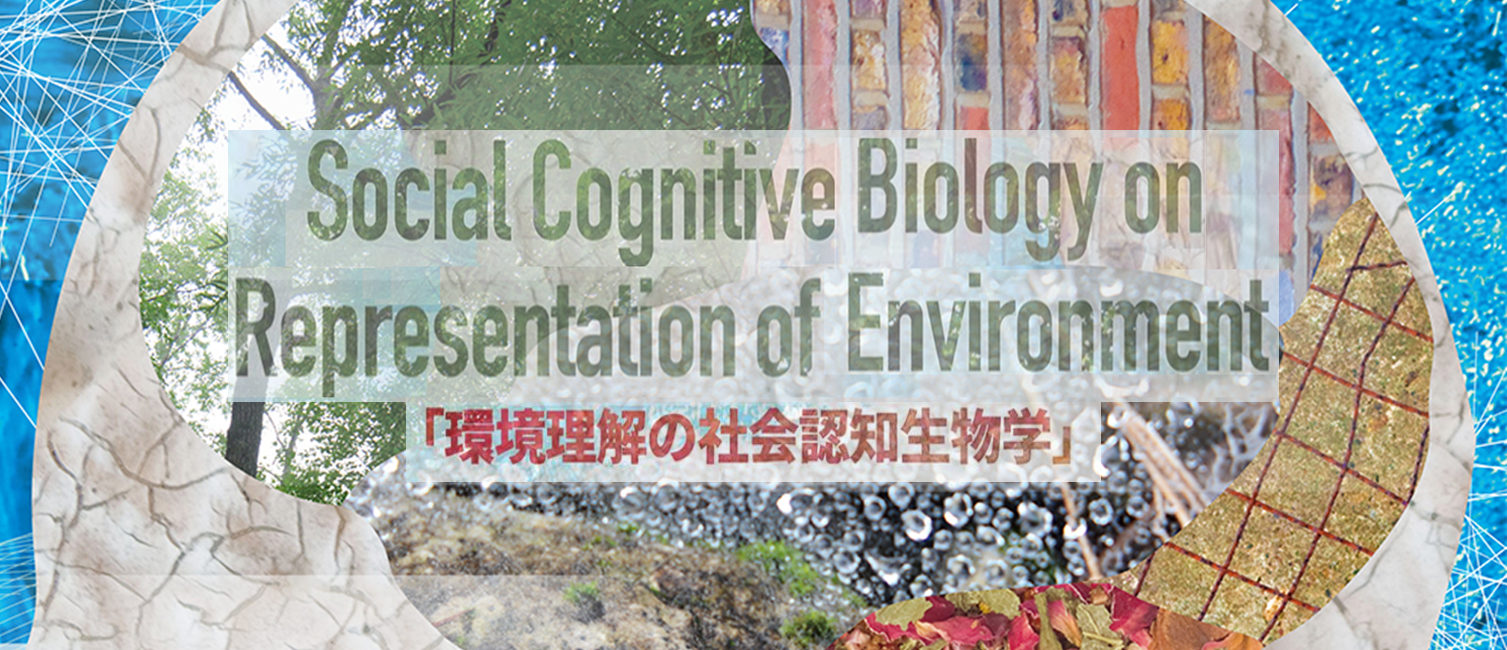Purpose
The purpose of this research project is to plan international joint research projects to establish a new research field named “Social Cognitive Biology on the Representation of Environment” and collaborate with National Taiwan University. One of the aims of the study of perception and memory, which are at the core of cognitive neuroscience, is to elucidate the mechanism whereby humans understand the environment. For that purpose, it is necessary to understand the fusion of recognition of both the physical environment and social environment and elucidate their biological basis, but until now, there have been few interactions in these research fields and research about the cognitive-biological basis was biased toward physical environment research. However, it is impossible to split the environment in two—physical environment and social environment-and we recognize it as one. Therefore, we hope for the establishment of a research framework that combines the physical environment and social environment, and for elucidating the biological basis. Kyoto University and National Taiwan University each have the strength of a research system that emphasizes strong collaboration between social environment cognitive research and physical environment cognitive research. By cooperating and fusing the strengths of both universities, we can expect to create a new field called “social cognitive biology.” During the two-year project period, we aim to establish a foundation for creating new fields while promoting concrete collaborative research under the theme of “understanding the environment.”
Abstract
This project was initiated by an international symposium co-hosted by the University of Taiwan and National Taiwan University held in September 2014. Researchers from National Taiwan University who participated in this symposium had consultations with researchers at our university on the theme of cognitive neuroscience, after which the exchange of researchers began. The same year in December, a team of researchers from National Taiwan University visited our university to discuss collaboration, and in September 2015, at National Taiwan University, an international symposium was held jointly with the Kyoto University team and the outline of the project was discussed. In the field of cognitive neuroscience, psychological approaches targeting humans and biological approaches targeting animals are often advanced independently. In addition, although the subject of research has expanded from cognitive functions such as initial perception and memory to interpersonal recognition, emotion, and so on, exchanges between research fields are not necessarily active. Among them, National Taiwan University is characterized by closely coordinating both psychological and biological approaches. On the other hand, Kyoto University has strongly collaborated with social cognitive neuroscience including sociality and emotion and more basic cognitive neuroscience research. In addition to the characteristics of these two schools, the research themes of both institutions are common in the field of visual perception and visual cognition research, and in the current situation, joint research is already beginning. Based on these circumstances, this research project focuses on collaborative research in the field of visual cognitive neuroscience and complementarily combines the biological approach, which is the strength of National Taiwan University, and social cognitive neuroscience, which is the strength of Kyoto University. We aim to elucidate “understanding of the environment” from a multilateral perspective and methodology. By complementing the cognitive neuroscience research program of both universities through cooperation, the establishment of a unique research base worldwide can be expected. For example, research on functional brain imaging research is mainly based on functional nuclear magnetic resonance imaging (fMRI) at Kyoto University, whereas at National Taiwan University, research is based on electroencephalograms and magnetoencephalography (MEG). Although being centrally advanced, by combining these, it is possible to obtain more persuasive research results.

